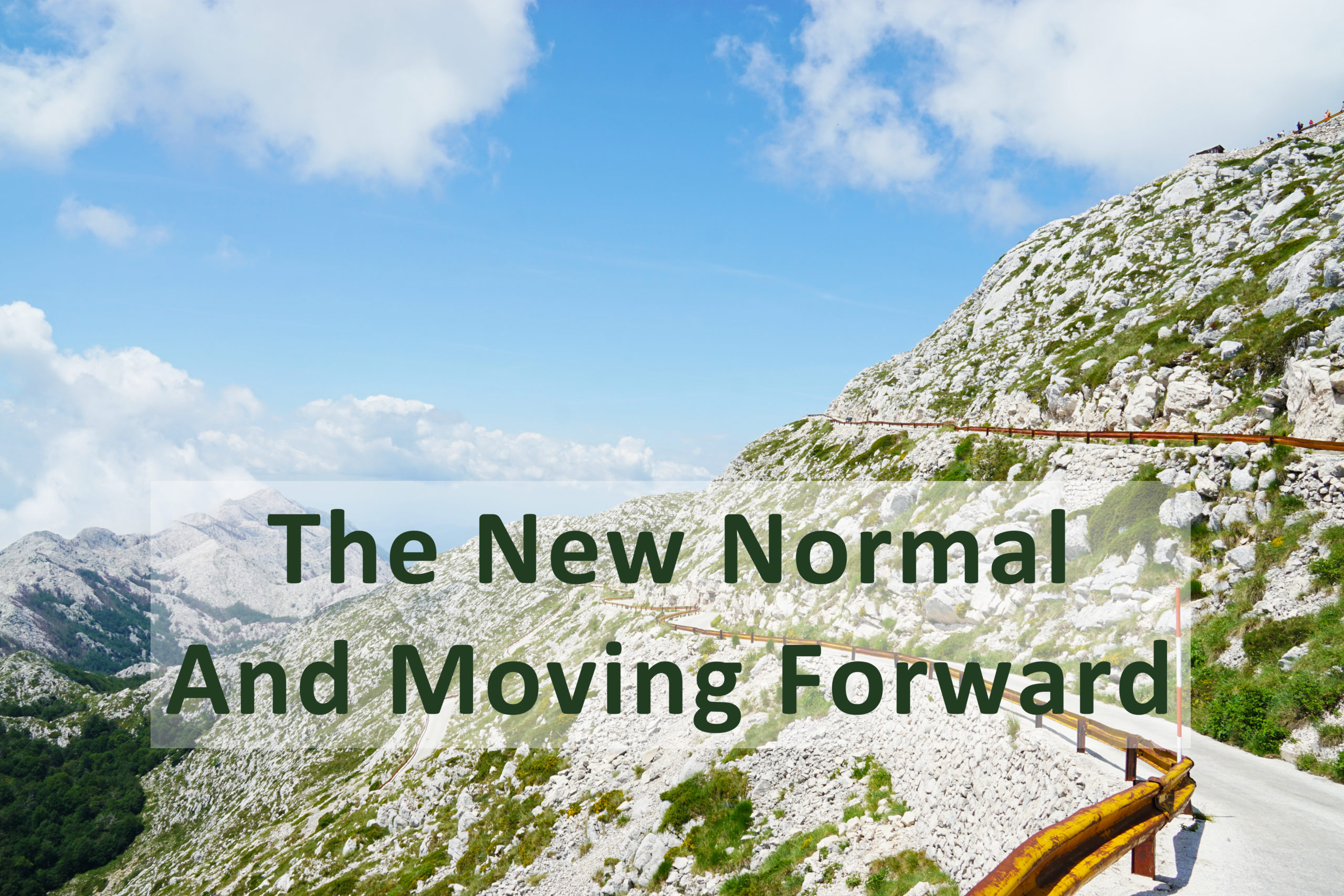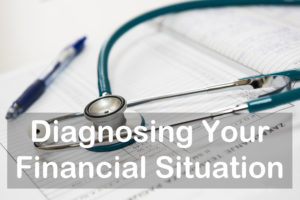Everything changes so fast these days. Each day feels like a week and each week feels like an eon. I have never seen so many large policy changes in so short a time in large institutions – and yet, in some ways, these changes still feel too slow.
As I come up to the start of the 4th week where COVID-19 has had objective direct impact on my life and the 12th week where COVID-19 has had emotional and stress levels impact, things are starting to settle into some semblance of a new normal and I feel like I am back on my feet and moving forward productively. Here is why I hope that is happening for you too.
Grieving
Life before COVID-19 likely had its ups and downs, and for some, a lot of downs. For everyone, though, there is grief involved in the loss of the previous normal. We see this happen in any large life change, whether “good” (e.g. a promotion) or “bad” (e.g. a break-up). And SARS-Cov-2 sweeping across the globe is a very large life change.
There are may different ways to deal with difficult moments, and recently, there has been a rebirth of interest in the ancient philosophical school of Stoicism. (Bear with me, practical tips coming).
One practice of Stoicism involves Negative Visualization. In it you imagine, on a more extreme end, the worst possible outcomes for everything. More prosaically, you imagine how life would be like if something you already have was taken away from you. That couch with the saggy left cushion? Imagine if you had a couch with really hard cushions that jolted your spine every time you sat down. Or if you had no couch at all, and had to use the floor. Or if you had no home to be in, period.
Think about a really good friend, or a romantic partner. It was such a coincidence that you two met at all. Imagine all the ways you might never have met this person. You would feel the pang of loss, grief even. Then when you look back, you would feel joy and gratitude that this person is in your life.
Some members of the FI/RE movement have adopted this as one means for combating hedonic adaptation. Hedonic adaptation (or “the hedonic treadmill”) is the tendency to become accustomed to whatever the current normal is, take it for granted, and result in it bringing you much less pleasure than before. Lifestyle inflation is the unfortunate union product of hedonic adaptation and the near-constant societal messaging of “newer, bigger, better – you are not good enough as you are.” That new pair of ankle boots, the new sportscar, the new videogame console – while you might still passively like them or use them years later, you will not feel that same rush of dopamine hit as when they first landed in your eager hands.
From a FIRE perspective, Negative Visualization helps combat the dissatisfaction that can build when looking at things you already have. It changes thinking from “Why isn’t this better?” to “Imagine what life would be like without this!”
Let’s come back to life in COVID-19 circumstances. Or, as I’ve heard floating around in the hospital, “the era of COVID”. (Mr. Sparks pokes fun at the drama of this term, but I feel it is rather apt.)
What are some of the things we used to take for granted?
- Being able to go outside at will
- Being able to eat in a restaurant and have a burger with cheese
- Being able to shop for groceries without that spike of anxiety when another shopper comes right up to your left elbow to reach into the same produce bin
- Being fear-free seeing most patients in the Emergency without personal protective equipment
- Market investments fluctuating, but “predictably” rising
Since mid-late January, there has been rising concern, morphing to anxiety, about COVID-19. Since early/mid-March, I have been grieving progressive unexpected losses. Had I practiced Negative Visualization, it would not have hit as hard.
Let’s practice negative visualization. We could:
- Lose our parents / another parent to COVID-19 or another illness or accident
- Lose our child /children to COVID-19 or another illness or accident
- Lose friends to COVID-19 or another illness or accident
- Lose colleagues to COVID-19 or another illness or accident
- Lose patient after patient to COVID-19
- Run out of ventilators
- Lose our own lives
- Lose function of limb/s that we currently have function in
- Lose our jobs or have even worse financial hits than have already occurred
Many of those things…are possible. An upside to thinking about this is that Negative Visualization highlights the important things we still have, despite all the losses we are experiencing.
A downside is that, with the possibilities can come feelings of despair, helplessness, paralyzing fear, and more. But we can do something about those things. Which leads us to the next part…
Locus of Control
What can we actually influence? What is within our control?
Importantly: if we are not content with what falls in our sphere of influence, how can we expand it?
Some of those negative visualizations are not within our control – some illnesses and accidents just are. What we can control is to realize how fragile and precious time is. This will lead to more meaningful interactions with the people in our lives, and being more intentional with our own finite lifespan.
Some of those negative possibilities are partially within our control. We can put the call on our social media for people to self-isolate even if asymptomatic, try to work from home, practice good hand hygiene, socially distance if they have to be outside the home, contact Public Health if they are symptomatic. We can emphasize prevention and try to keep existing patients from having to go into hospital, where, among a host of other nosocomial infections they have pick up, they can potentially get exposed to SARS-Cov-2.
What about expanding our sphere of influence?
In the first couple of weeks, I had tons of ideas. I would eye school gyms, old buildings I knew were empty, and wonder if they could serve as centralized quarantine areas for mildly symptomatic cases. I thought about PPE supply and reached out to my dad (who has a host of contacts and friends in China) and turns out there is a possible direct line of supply. I raged against the early restrictions of gatherings of up to 50 people, and the public communications about lack of evidence of community spread in Canada at the time. Are you kidding? Cases in China were clearly not from travel – obviously we know SARS-Cov-2 can be spread in the community.
But let’s face it. No one was going to listen to a lone resident physician’s thoughts on what might be helpful. And though I work with staff physicians who hold administrative positions, none of them held positions high enough in the hierarchy to influence those things.
How could I actually expand my sphere of influence? Some of what I did includes:
- Advocating for the more junior residents on my service to work from home.
- Consolidating the multiple-times-a-day emails about policy changes into one single Google document and sharing that with co-residents and staff/allied health at the clinic I work in for reference (which actually turned out to be useful as they in turn used it as a starting point to make new clinic policies!)
- Volunteer my time and technical expertise (such as it is) to help with other initiatives within my department in the COVID-19 fight.
- Make the individual decision earlier on to move some appointments to virtual and/or telephone means in the early days before clearer directives from health administration, and help junior residents feel more comfortable with that decision as well.
The New Normal and Moving Forward
For the first time in a long time, my daily affirmations have not included a wish for calm and focus, but have reverted back to my previous ones (living by my values).
Life continues to be very different, but there is a new normal (at least for now) and I am working hard to:
- Appreciate the things that I do have, while still acknowledging the pang of losses.
- Help make changes for the system where I can so that we can all be supported and provide better care to patients as a whole.
- Take care of myself physically and emotionally to be prepared for if/when things get worse.
- Treasure this time with loved ones.
Wishing you a new normal as a base for moving forward as well.
-Dr. FIREfly





Well said. I’ve always been a big fan of actually understanding and trying only to be concerned with what we can control. It really is too easy to be overwhelmed by all the external stimulus these days. Interesting thoughts on negative visualization, I’ve always found that it is easy to see the negative side of situations. Yet, harder to look beyond that and see the positives that are around. I am way too analytical though. Stay well over there!
Thanks! Yeah, it’s so easy to sink into all the negatives that can happen, including the ones outside of our control. And it is a practice to see the positives around; one that I continue to work at. Appreciate you stopping by, and hope you stay well over there too!